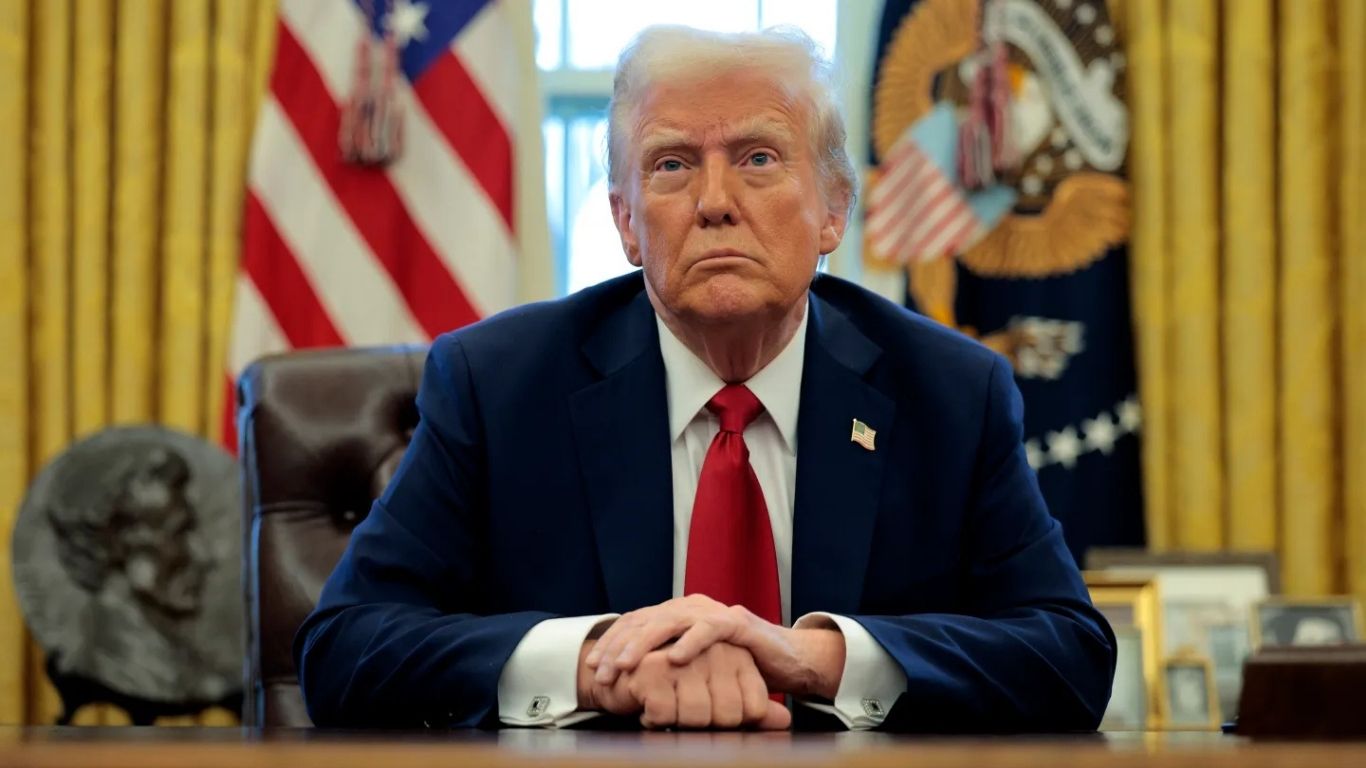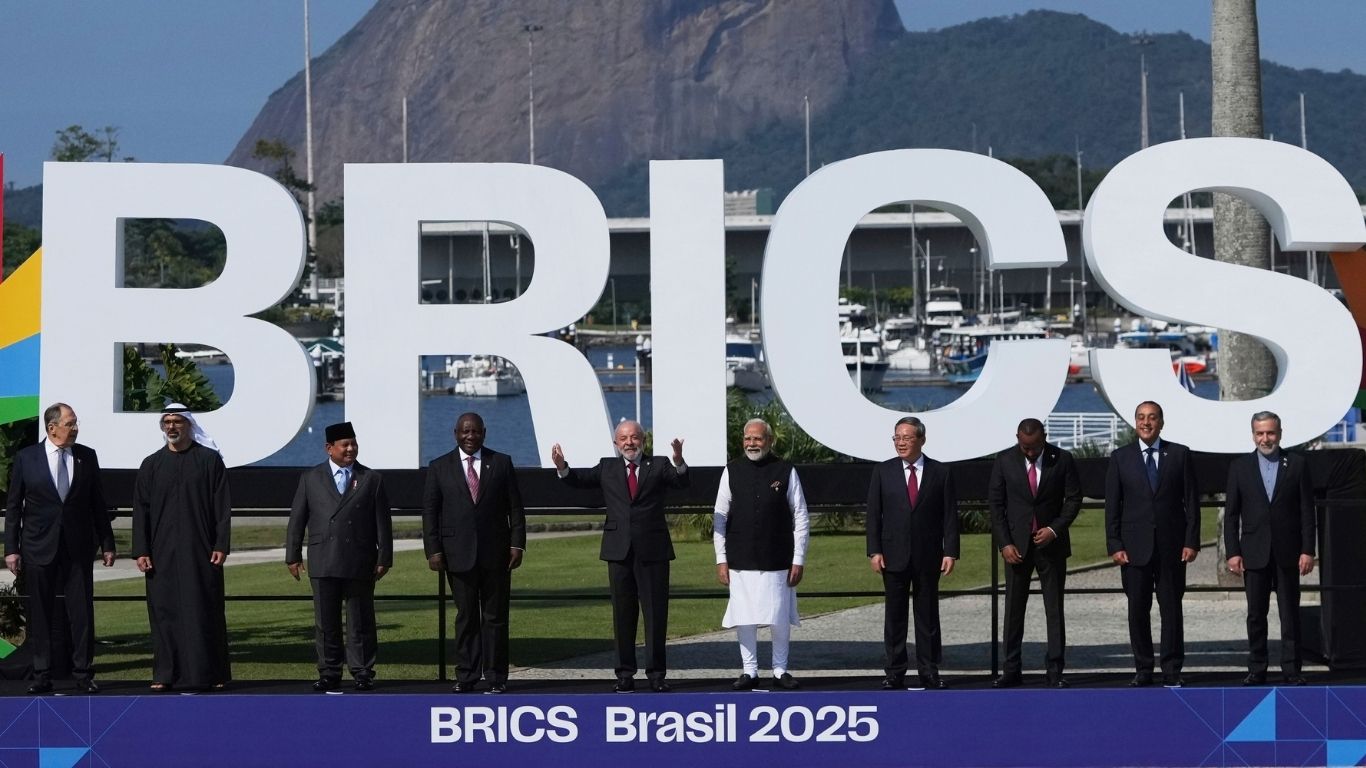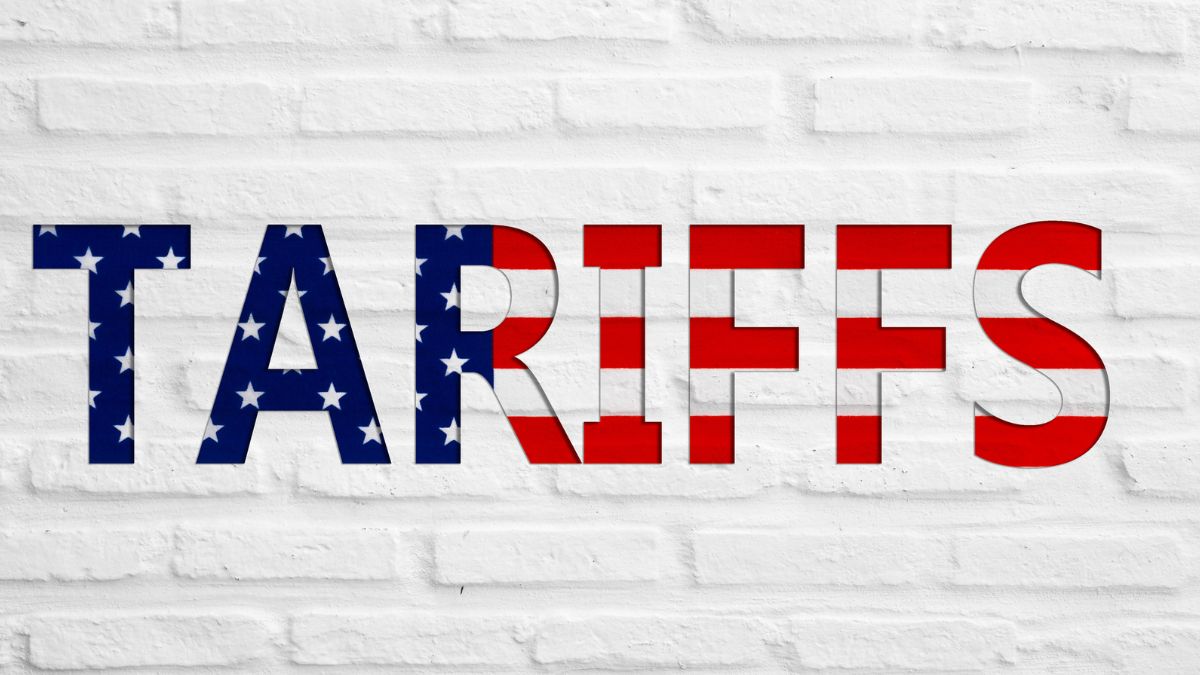Donald Trump has pledged sweeping changes to the US economy, the largest in the world. His plans include ending “devastating inflation,” imposing tariffs, cutting taxes, slashing regulations, and shrinking the government. He claims this approach will spark an economic boom and restore belief in the American dream. “We’re at the start of a great golden age for business,” he said at Mar-a-Lago recently.
However, many experts warn that these promises could harm the economy rather than help. As Trump prepares to implement his plans, analysts argue that political and economic challenges may make it difficult to deliver. “There’s no clear way to achieve all these goals because some conflict with each other,” said Romina Boccia, a budget policy expert at the Cato Institute.
Here’s a closer look at some of his key promises:
Tackling Inflation
What Trump Promised:
Trump vowed to lower prices, a bold claim since prices typically don’t drop without an economic crisis. While inflation, the rate at which prices increase, has already slowed, it has been difficult to eliminate entirely.
What Complicates It:
Trump linked his promise to expanding US oil and gas production to cut energy costs. However, factors influencing inflation and energy prices are largely beyond presidential control. Analysts caution that Trump’s policies, like tax cuts, tariffs, and deportation, could worsen inflation.
Economist John Cochrane of the Hoover Institution notes the tension within Trump’s coalition between pro-business advocates and nationalists focused on border control and trade conflicts. “Both sides can’t have everything they want,” he says.
What Trump Voters Want:
Trump’s inflation promises were crucial to his campaign, though the economy wasn’t in the dire state he described. Since his election, he has tempered expectations, admitting it would be “very hard” to reduce prices.
Amanda Sue Mathis from Michigan believes Trump’s promises are achievable but may take time. “If anyone can negotiate better deals for Americans, it’s Trump,” she said.
Imposing Tariffs
What Trump Promised:
Trump pledged to impose tariffs—a tax on imported goods starting at 10% for all imports and over 60% for Chinese products. He has also threatened tariffs on allies like Canada and Mexico. Some advisors view these tariffs as bargaining tools, suggesting a more gradual or selective approach.
What Complicates It:
Aggressive tariffs could raise costs for Americans and provoke foreign retaliation, hurting businesses. With the US economy showing signs of slowing growth, analysts warn even the debate over tariffs could deter investment and shrink growth by up to 0.6% by 2025.
Michael Cembalest from JP Morgan warned that major economic changes might cause unforeseen problems. Former White House adviser Everett Eissenstat expects broad tariffs but acknowledges conflicts with Trump’s other goals.
What Trump Voters Want:
Ben Maurer, a lifelong Republican, hopes Trump focuses on reviving US manufacturing rather than relying heavily on tariffs. “I see tariffs as a negotiation tool, not a permanent strategy,” he said, trusting Trump’s judgment on where to apply them.
Lower Taxes and Cutting Spending
What Trump Promised:
Trump proposed a plan to boost growth through tax cuts, fewer regulations, and smaller government, claiming it would empower businesses.
What Complicates It:
Reducing regulations might take longer than expected. Trump is likely to prioritize extending expiring tax cuts, which would increase borrowing. Romina Boccia from the Cato Institute predicts rising debt will add to inflation pressures.
Markets have already responded with higher interest rates on government debt. Trump’s campaign promises to leave major programs like Social Security untouched, which may limit budget cuts and make it harder to manage debt.
Boccia notes that Washington favors politically easy solutions, even if they’re financially risky. “The path of least resistance will likely win,” she said.
While Trump’s promises resonate with his supporters, delivering on them will require navigating political tensions, economic challenges, and competing priorities.




